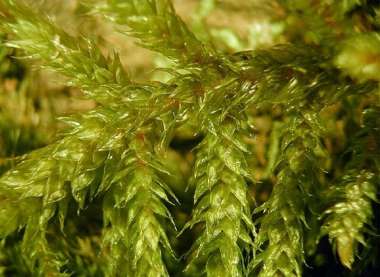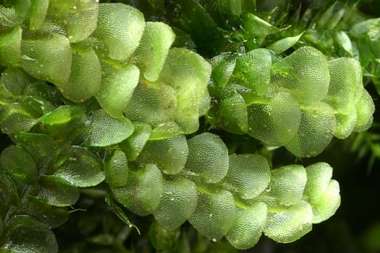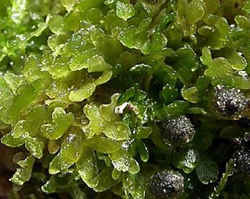|
|
||
|
|
Bryophytes in BC | Ecology & Evolution | Key Terms

|
Bryophytes are an informal grouping of three kinds of non-vascular plants: mosses (the largest group), liverworts, and hornworts. Bryophytes are distinct from other land plants (the “tracheophytes”) because they do not contain xylem, the tissue used by vascular plants to transport water internally. Instead, bryophytes get water and nutrients through their leaves. Another key difference between bryophytes and vascular plants is the presence of a dominant gametophytic stage in bryophytes (Figure 1). Whereas most of the trees, shrubs, and grasses you see around you are all sporophytes (the cells are diploid, and contain two copies of each chromosome), the photosynthetic leafy structure of the bryophytes is actually the gametophyte (the cells are haploid, and contain only one copy of each chromosome). The sporophyte is a long stalk with a capsule at the tip that grows out of the gametophyte, and is present only at certain times of the year.
Mosses, liverworts, and hornworts are superficially very similar. However, there are several ways to tell the three groups apart. Mosses have leaves that are spirally arranged along the stem, and a vein (or costa) that runs at least part way along the middle of each leaf (Figure 2). Liverworts come in two primary growth forms, leafy (Figure 3) and thaloid (Figure 4). Thaloid liverworts grow horizontally and have wide, flat leaves. Leafy liverworts can be difficult to distinguish from mosses, but their leaves are usually arranged in two rows (rather than spirals) and lack a costa. Hornworts also have a thaloid growth form, but are distinguishable from thaloid liverworts by their greasy blue-green color and the presence of only one chloroplast per cell.


